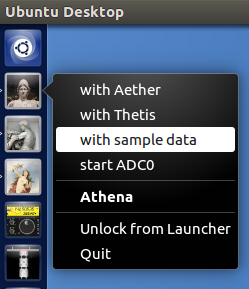
The images found here are 'liveDVD' ISO files that allow you to take the Athena DFC programs for a test ride. To run Athena you must have a Nvidia GTX 750 TI or better GPU. There is no need for a Minerva card or DFC modified Anan, the img includes a short ADC sample file. Additional samples are available here. After downloading the .iso it can be placed onto either a DVD or thumbDrive. Unless otherwise directed, choose the newest version. I will be downloading a series of test images as things progress...
General instructions to create the bootable DVD/thumbDrive are here.
OS specific instructions for burning the *.iso to DVD are available here.
Although a DVD will work for testing/installing Ubuntu/Athena, it is much more efficient to install from a thumb drive image.
If using an existing ubuntu system go to section <7>:7 of the general instructions and start where it says: "But if you want to do the same but with a LiveUSB in Ubuntu then do the following steps" Note that before burning you must change the file extension from '.iso' to '.img'
A more general solution for all OS's is unetbootin.
To test the software, you boot Ubuntu from the DVD/thumDrive. Note that you will be required to accept the Nvidia EULA before proceeding. The only difficult part is determining how to tell your BIOS to boot from the media. Usually this means breaking in with DELETE or F2 during powerup. Refer to your motherboard manual for details, or google "how to boot a dvd/usb from the BIOS" for more information.
Verify that the cuda hardware is functional by typing 'deviceQuery' on a command line. You should see something like:
ham@Athena:~$ deviceQuery
deviceQuery Starting...
CUDA Device Query (Runtime API) version (CUDART static linking)
Detected 1 CUDA Capable device(s)
Device 0: "GeForce GTX 980"
CUDA Driver Version / Runtime Version 8.0 / 8.0
...
Compute Mode:
< Default (multiple host threads can use ::cudaSetDevice() with device simultaneously) >
deviceQuery, CUDA Driver = CUDART, CUDA Driver Version = 8.0, CUDA Runtime Version = 8.0, NumDevs = 1, Device0 = GeForce GTX 980
Result = PASS

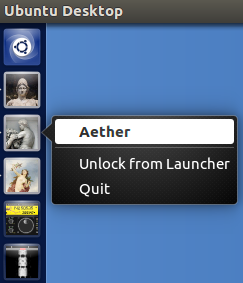
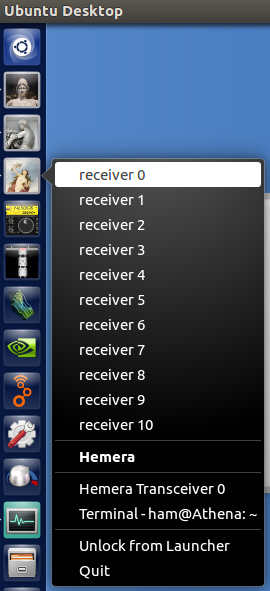
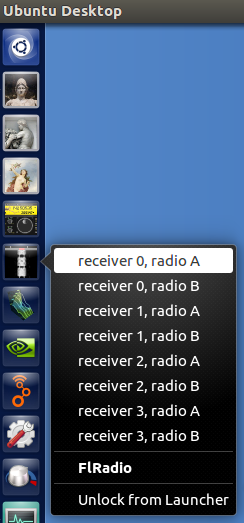
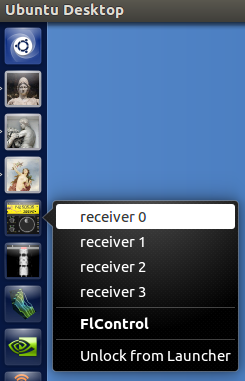
When everything is running it should look something like this:

Once you decide to install to a hard drive, simply click the "Install Athena" icon on the desktop. It is a pretty much standard Ubuntu install process. Biggest difference is that you won't be entertained with all the fancy "feature" screens during the process. My personnel preference is to use a dedicated drive. With the cost of quality 1 GB drives @ less than $75, its penny wise, but pound foolish, to try re-factoring partitions to allow room for another OS! If you do choose to install alongside an existing OS,
The launcher icons used in the above steps drop all the debug chatter on the floor. You can run any of these programs from a shell and see that info (hemera is already run from a terminal, so its output is available). As an example you can start a terminal, and type "/usr/local/sdr/bin/athena --loop /usr/local/sdr/samples/s1" to run as the launcher does. You can review specific invocations in the files found in ~/.local/share/applications.
The main page for Athena and friends is here.